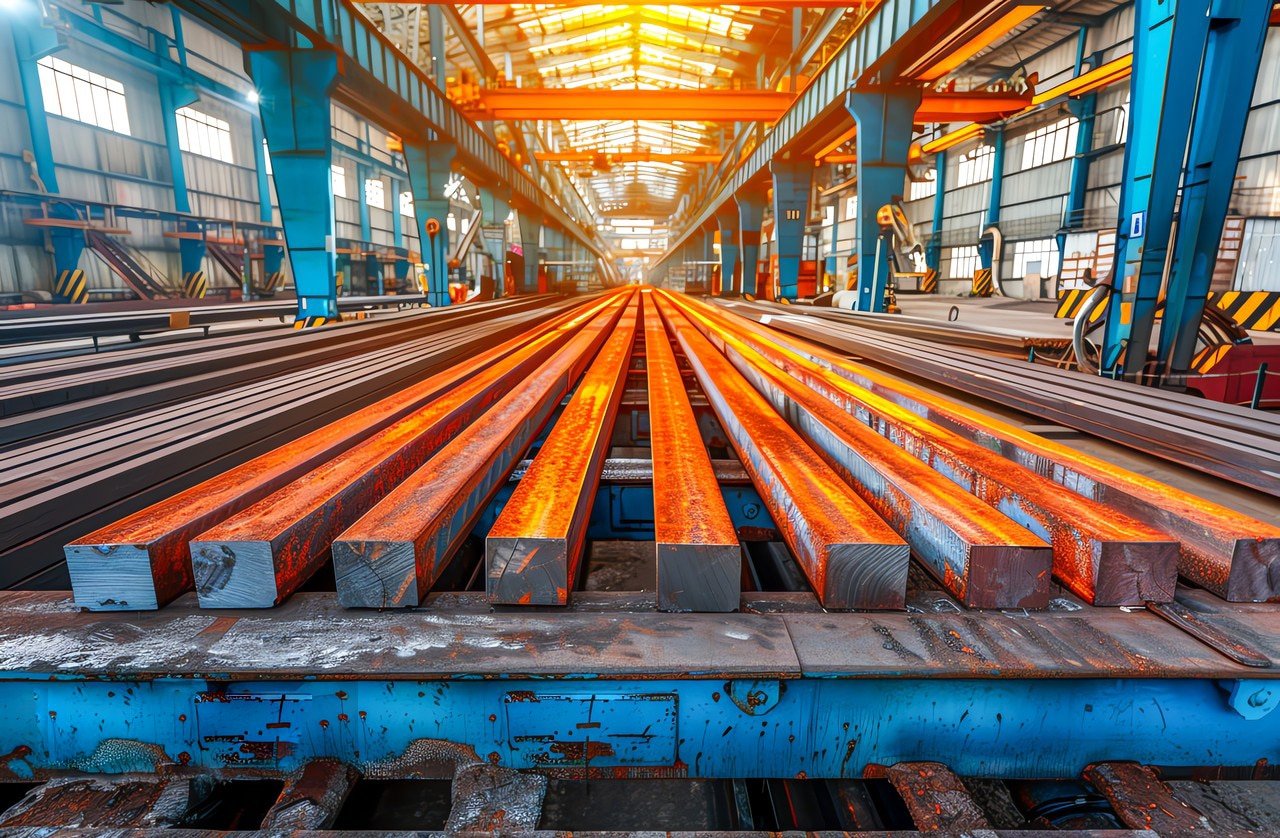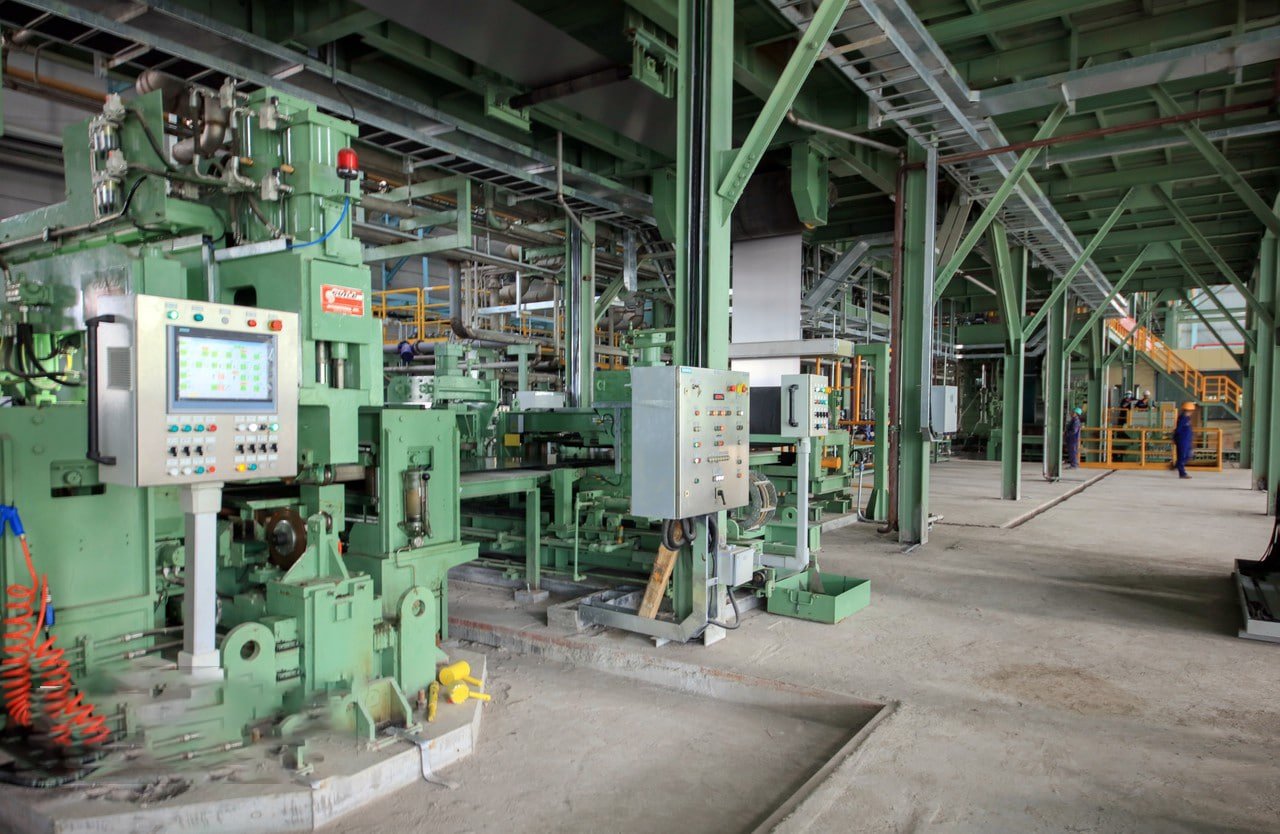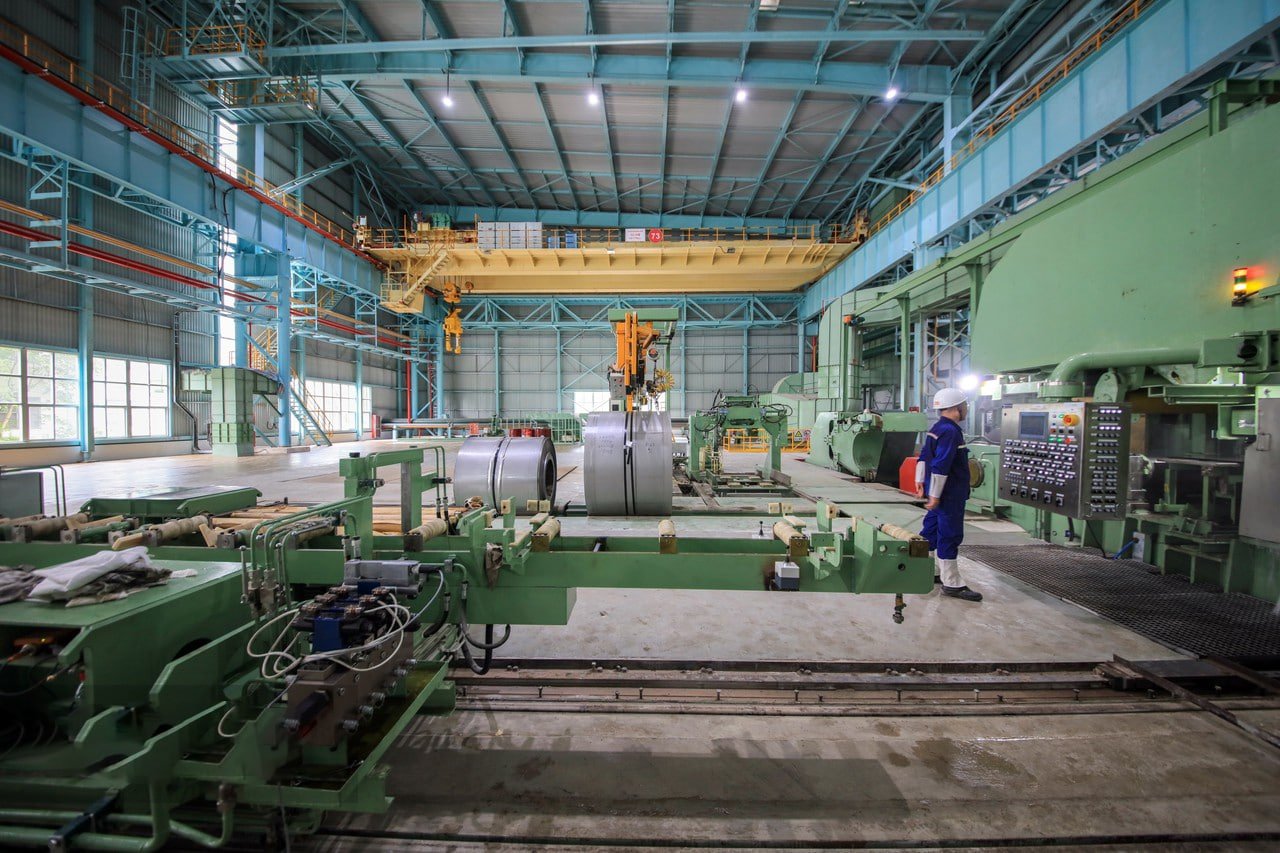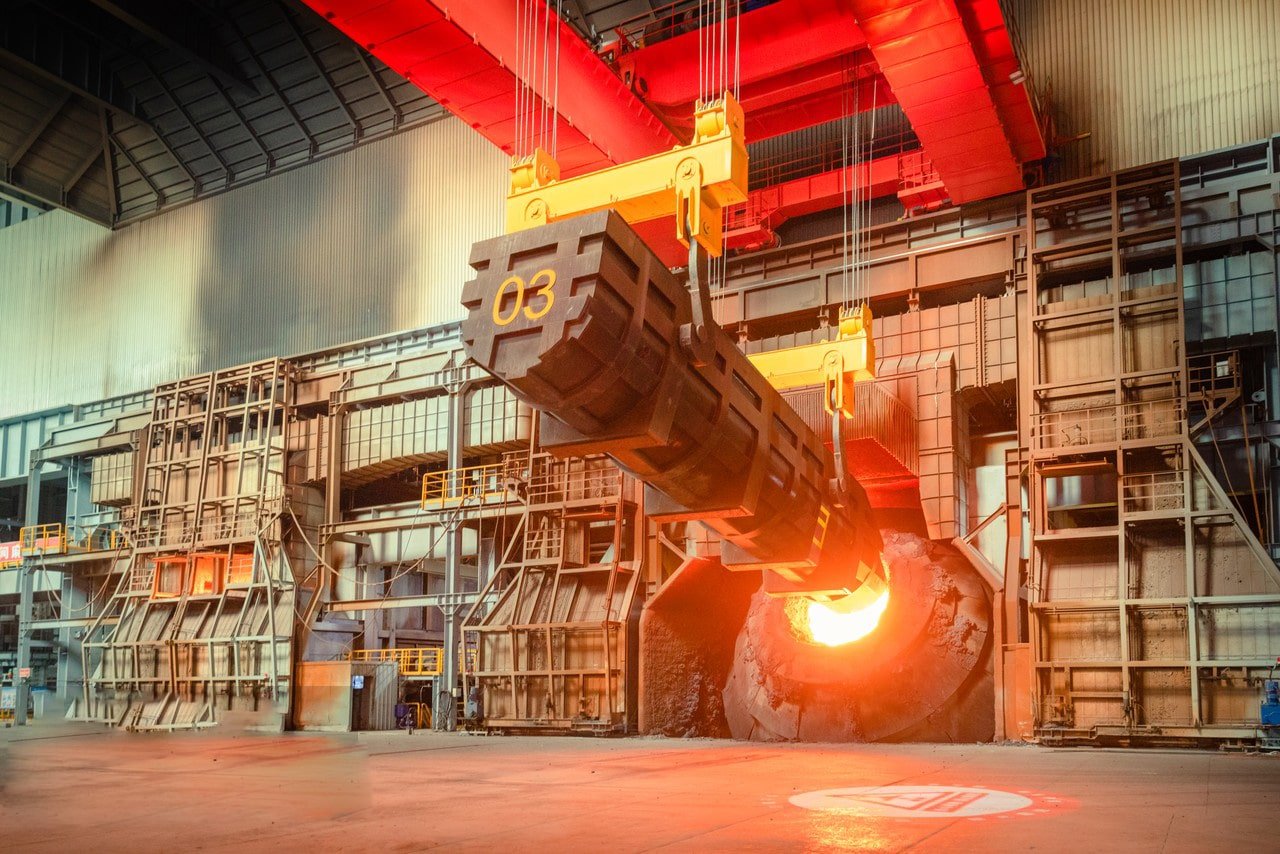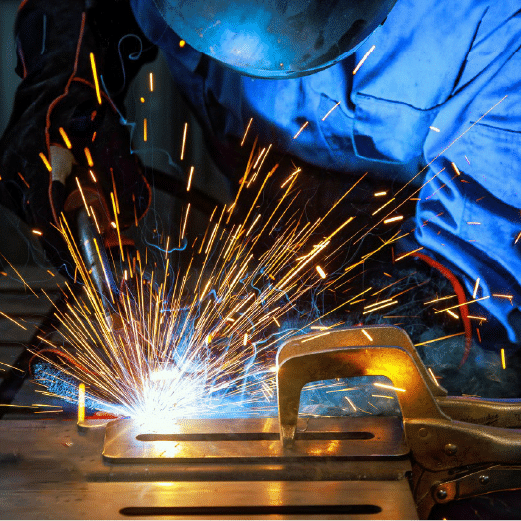
Throughout my career in metal manufacturing and consulting, I've frequently been asked to compare stainless steel and aluminum. This question, while seemingly straightforward, requires careful consideration of various factors and specific application requirements.
Whether stainless steel is "better" than aluminum depends entirely on the application requirements. Each material has distinct advantages: stainless steel offers superior strength and durability, while aluminum provides lighter weight and better thermal conductivity.
Having worked with both materials extensively, I've learned that success lies in understanding their unique properties and matching them to specific applications. Through my years of experience at MFY Steel, I've helped countless clients make informed decisions between these materials.
The choice between stainless steel and aluminum can significantly impact project success, cost-effectiveness, and long-term performance. Let's explore the key differences and specific applications where each material excels.
What Are the Key Differences Between Stainless Steel and Aluminum?
In my extensive experience working with both materials, I've observed several fundamental differences that affect their performance and applications.
Stainless steel and aluminum differ significantly in their physical properties, including density, strength, thermal conductivity, and corrosion resistance mechanisms. These differences directly influence their suitability for specific applications.
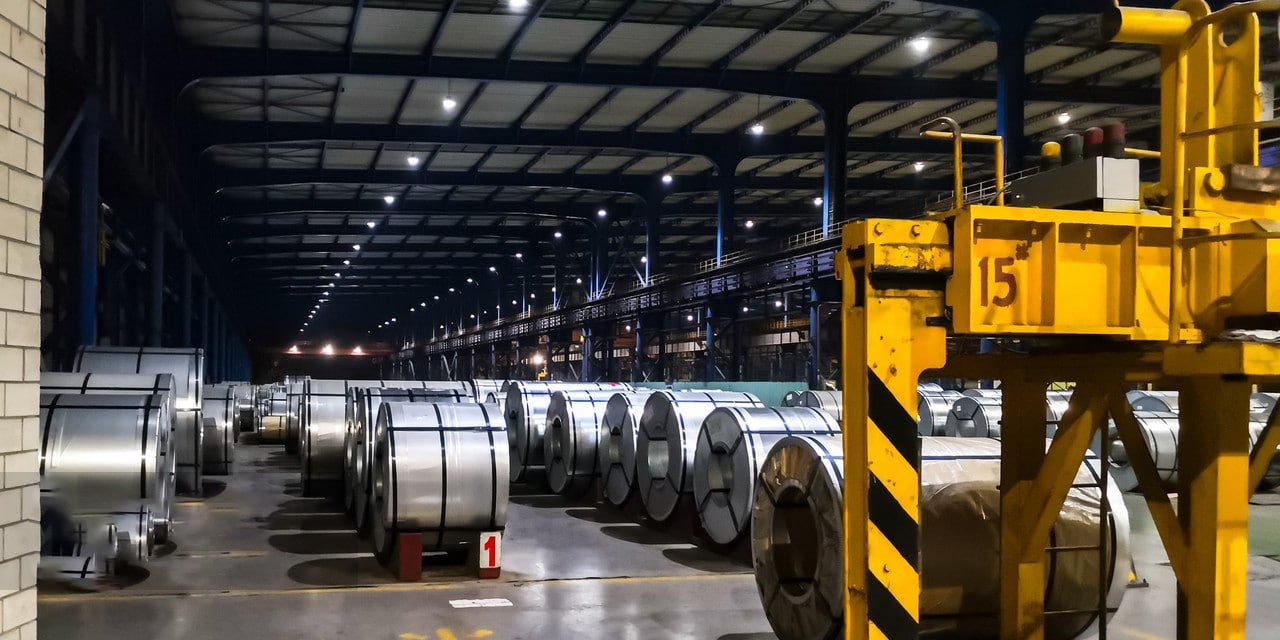
Physical Properties Comparison
Our materials laboratory testing revealed these key differences:
| Property | Stainless Steel1 | Aluminum2 | Impact on Use |
|---|---|---|---|
| Density | 8.0 g/cm³ | 2.7 g/cm³ | Weight considerations |
| Melting Point | 1400-1450°C | 660°C | Processing requirements |
| Thermal Conductivity | 16 W/m·K | 237 W/m·K | Heat transfer applications |
Performance Implications:
- Weight difference: 66% lighter for aluminum
- Temperature resistance: 2.1x higher for stainless
- Heat transfer: 14.8x better for aluminum
- Cost per volume: Varies by grade
Manufacturing Differences
Our production experience highlights distinct processing requirements:
Processing Characteristics:
-
Stainless Steel:
- Higher processing temperatures
- Greater tooling wear
- More energy intensive
- Complex finishing requirements
-
Aluminum:
- Lower processing temperatures
- Easier machining
- Less energy intensive
- Simpler finishing processes
Maintenance Requirements
Field experience has shown significant differences:
Maintenance Factors:
-
Stainless Steel:
- Minimal routine maintenance
- Higher initial cost
- Longer service life
- Better wear resistance
-
Aluminum:
- Regular surface protection
- Lower initial cost
- More frequent replacement
- Surface vulnerability
How Does the Strength of Stainless Steel Compare to Aluminum?
Through years of materials testing and application experience, I've observed significant strength differences between these metals.
Stainless steel typically offers 2-3 times the tensile strength of aluminum alloys. While standard stainless steel grades show tensile strengths of 515-720 MPa, common aluminum alloys range from 230-350 MPa.
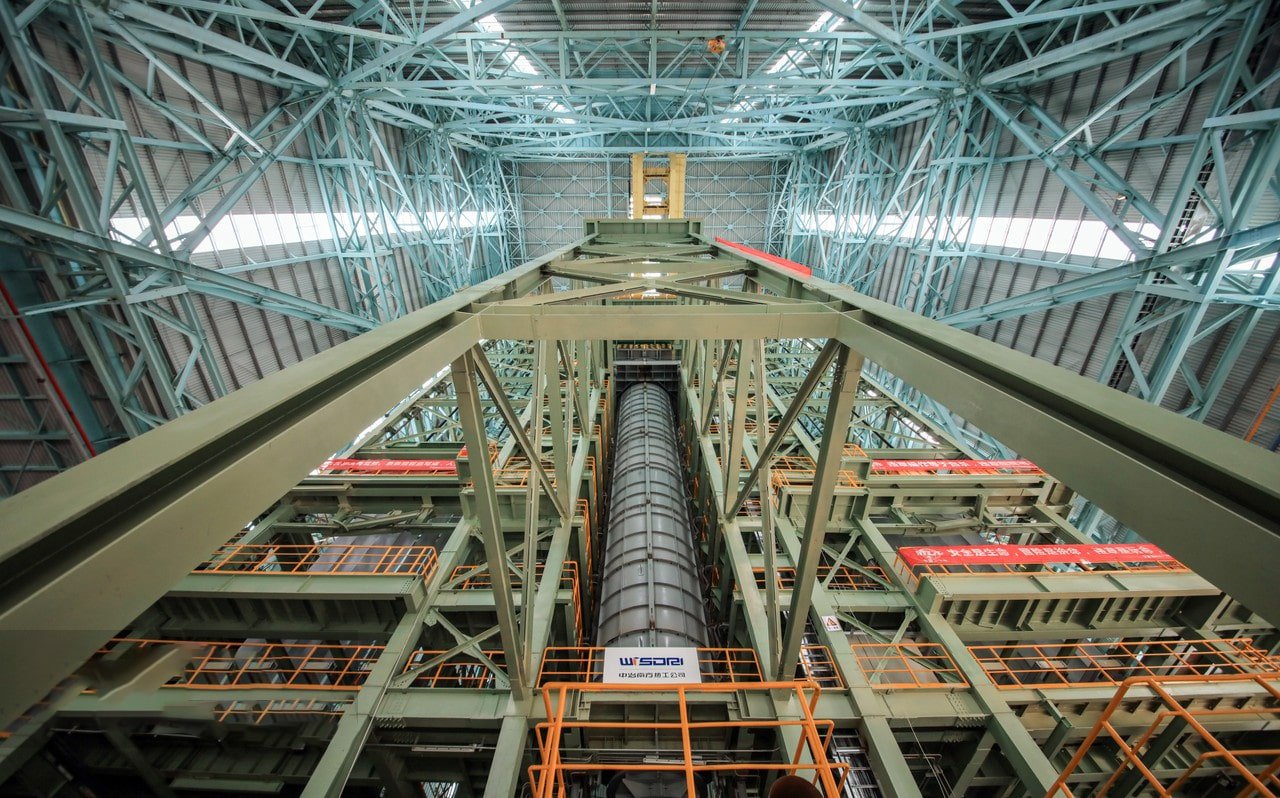
Mechanical Properties Analysis
Our comprehensive testing program revealed these comparisons:
| Property | Stainless Steel 304 | Aluminum 6061-T6 | Relative Difference |
|---|---|---|---|
| Tensile Strength | 515-720 MPa | 310 MPa | 1.7-2.3x higher |
| Yield Strength | 205-310 MPa | 276 MPa | 0.7-1.1x |
| Hardness | 150-200 HB | 95 HB | 1.6-2.1x higher |
Performance Impact:
- Load-bearing capacity: 2x higher for stainless
- Structural applications: Superior for stainless
- Weight efficiency: Better for aluminum
- Cost-strength ratio: Application dependent
Fatigue Performance
Our durability testing demonstrated:
Fatigue Characteristics:
-
Stainless Steel:
- Higher endurance limit
- Better cyclic loading resistance
- Superior impact resistance
- Greater wear resistance
-
Aluminum:
- Lower fatigue strength
- More sensitive to stress cycles
- Moderate impact resistance
- Less wear resistant
Strength-to-Weight Ratio
Analysis of structural applications showed:
Comparative Metrics:
- Specific Strength (strength/density):
- Stainless Steel: ~65-90 kN·m/kg
- Aluminum: ~115-130 kN·m/kg
Application Impact:
- Aerospace: Aluminum preferred
- Heavy machinery: Stainless preferred
- Transportation: Application specific
- Construction: Depends on requirements
What Are the Corrosion Resistance Properties of Stainless Steel vs. Aluminum?
My experience with corrosion testing has shown distinct differences in how these materials resist environmental degradation.
While both metals are corrosion resistant, they achieve this through different mechanisms. Stainless steel forms a chromium oxide layer, while aluminum develops an aluminum oxide film. Each has specific advantages in different environments.
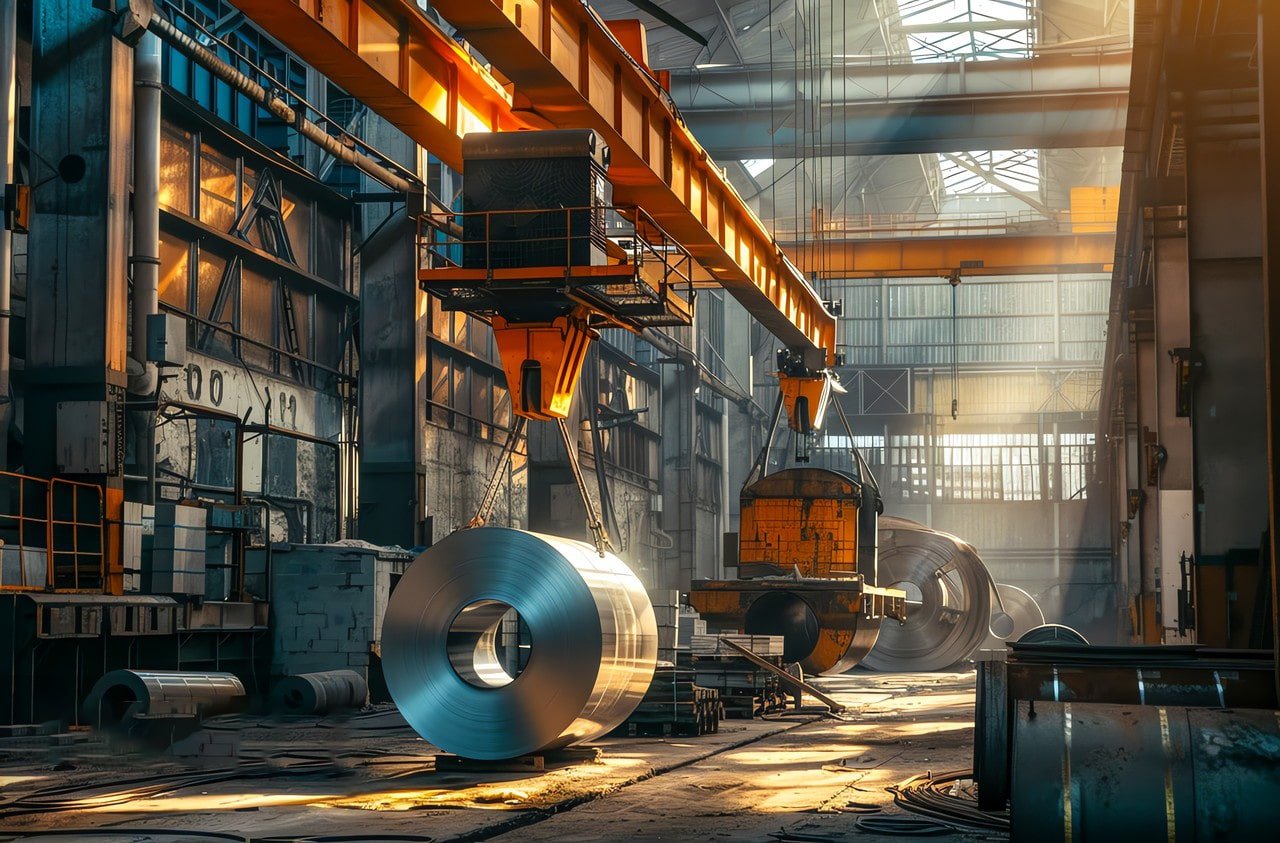
Corrosion Mechanism Comparison
Laboratory testing revealed:
| Environment | Stainless Steel Performance | Aluminum Performance | Better Choice |
|---|---|---|---|
| Marine | Excellent | Good with coating | Stainless Steel |
| Chemical | Very Good | Fair | Stainless Steel |
| Atmospheric | Excellent | Good | Application Specific |
Protection Mechanisms:
- Stainless Steel: Self-healing passive layer
- Aluminum: Stable oxide film
- Different environmental responses
- Maintenance requirements vary
Environmental Response
Field testing demonstrated:
Performance in Conditions:
-
Coastal environments:
- Stainless: Minimal impact
- Aluminum: Requires protection
-
Industrial atmospheres:
- Stainless: Excellent resistance
- Aluminum: Moderate resistance
-
Chemical exposure:
- Stainless: Grade-dependent resistance
- Aluminum: Limited resistance
Long-term Durability
Our 10-year study showed:
Aging Characteristics:
-
Stainless Steel:
- Minimal degradation
- Consistent appearance
- Predictable performance
- Lower maintenance needs
-
Aluminum:
- Surface oxidation
- Appearance changes
- Coating maintenance required
- More frequent inspection needed
What Are the Cost Differences Between Stainless Steel and Aluminum?
Through my experience in material procurement and project management, I've developed a detailed understanding of cost factors for both materials.
Initial material costs for stainless steel are typically 1.5-3 times higher than aluminum, but total lifecycle costs must consider durability, maintenance requirements, and replacement frequency. The most cost-effective choice depends on specific application requirements.
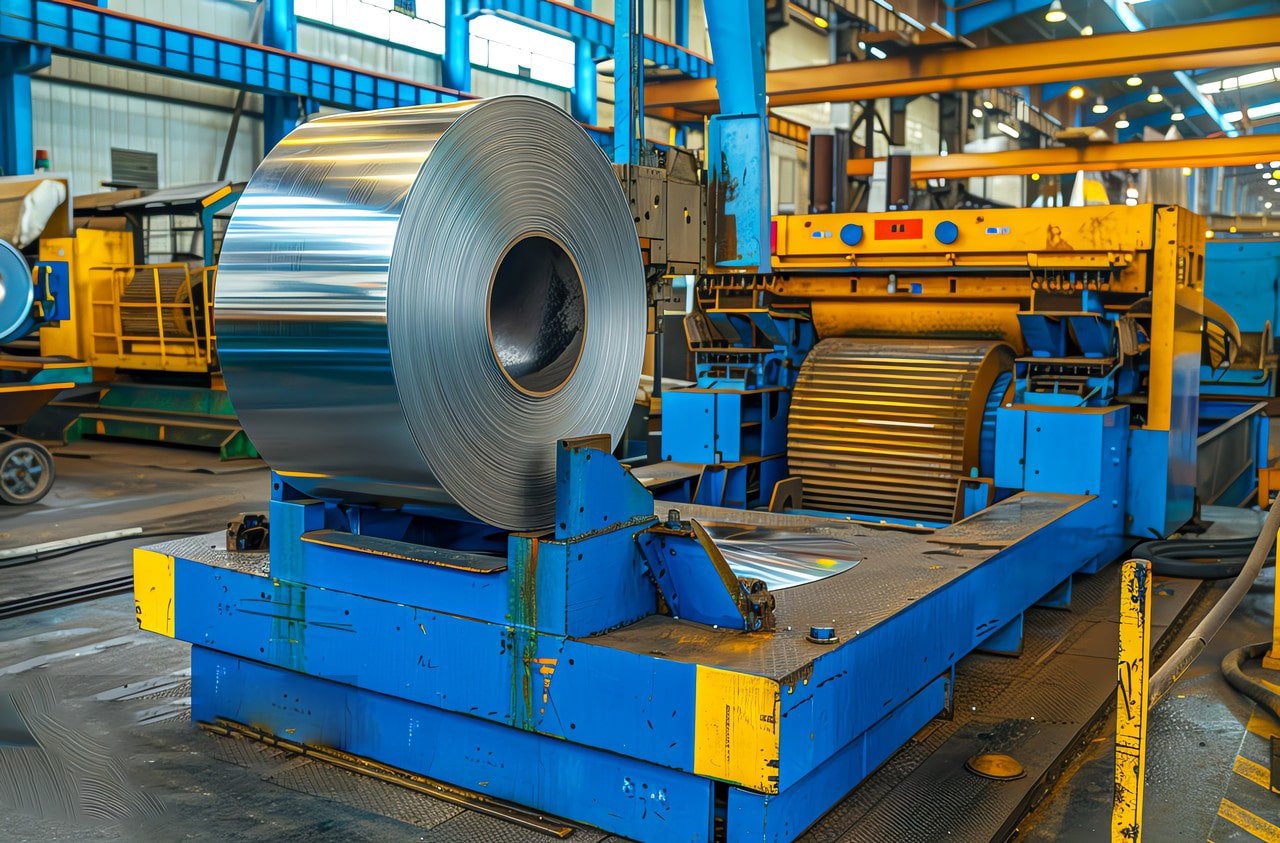
Initial Cost Analysis
Our procurement data shows these cost relationships:
| Cost Factor | Stainless Steel | Aluminum | Relative Difference |
|---|---|---|---|
| Raw Material | $3-5/kg | $2-3/kg | 1.5-2x higher |
| Processing | $2-4/kg | $1-2/kg | 2x higher |
| Fabrication | $4-6/kg | $2-3/kg | 2-2.5x higher |
Market Influences:
- Material availability impact
- Price volatility patterns
- Supply chain factors
- Regional variations
Lifecycle Cost Comparison
Our long-term analysis revealed:
20-Year Cost Breakdown:
-
Initial Investment:
- Stainless: Higher
- Aluminum: Lower
-
Maintenance Costs:
- Stainless: Minimal
- Aluminum: Moderate to High
-
Replacement Frequency:
- Stainless: 15-20+ years
- Aluminum: 7-10 years
Installation and Fabrication Costs
Field experience shows:
Labor Requirements:
-
Stainless Steel:
- Higher welding costs
- Specialized tools needed
- Skilled labor required
- Longer installation time
-
Aluminum:
- Lower welding costs
- Standard tools sufficient
- Less specialized labor
- Faster installation
In What Applications Is Stainless Steel Preferred Over Aluminum?
My experience across various industries has shown clear patterns where stainless steel is the superior choice.
Stainless steel is preferred in applications requiring high strength, excellent corrosion resistance, and prolonged exposure to harsh environments. It excels in food processing, chemical handling, and high-temperature applications.
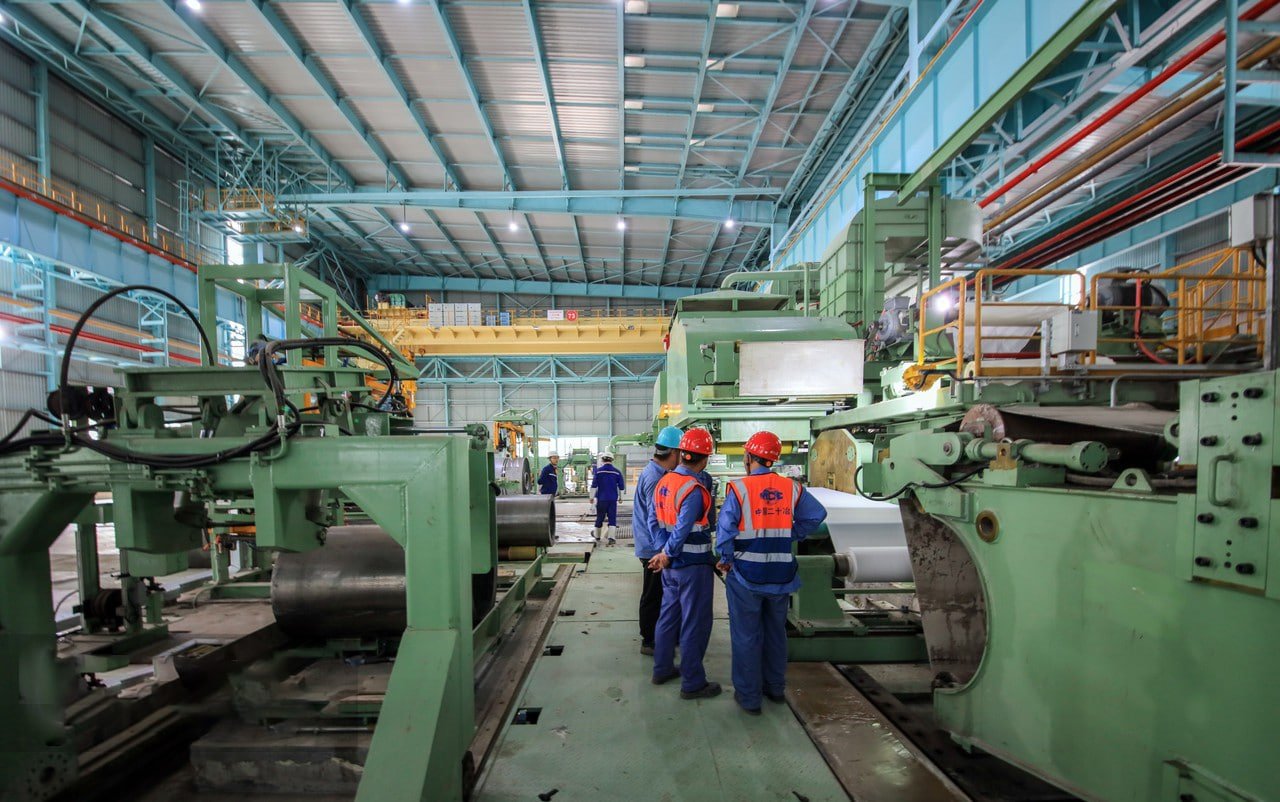
Industrial Applications
Our industry experience shows these preferences:
| Application | Primary Reason | Secondary Benefits | ROI Factor |
|---|---|---|---|
| Food Processing | Hygiene | Durability | 2-3 years |
| Chemical Processing | Corrosion Resistance | Strength | 3-4 years |
| High Temperature | Heat Resistance | Stability | 2-5 years |
Performance Benefits:
- Superior sanitation capability
- Better chemical resistance
- Higher temperature tolerance
- Longer service life
Critical Environment Usage
Field implementation showed:
Key Applications:
- Medical facilities
- Nuclear installations
- Marine environments
- High-pressure systems
Success Factors:
- Reliability critical
- Safety requirements
- Regulatory compliance
- Performance consistency
Cost-Justified Applications
Analysis of long-term installations revealed:
Best-Use Scenarios:
- High-wear environments
- Corrosive atmospheres
- Safety-critical systems
- High-temperature operations
ROI Considerations:
- Initial cost premium
- Reduced maintenance
- Extended service life
- Lower replacement frequency
Conclusion
The choice between stainless steel and aluminum depends on specific application requirements, environmental conditions, and long-term cost considerations. Through my experience at MFY Steel, I've found that while stainless steel has higher initial costs, it often proves more economical in applications requiring durability, corrosion resistance, and strength.

